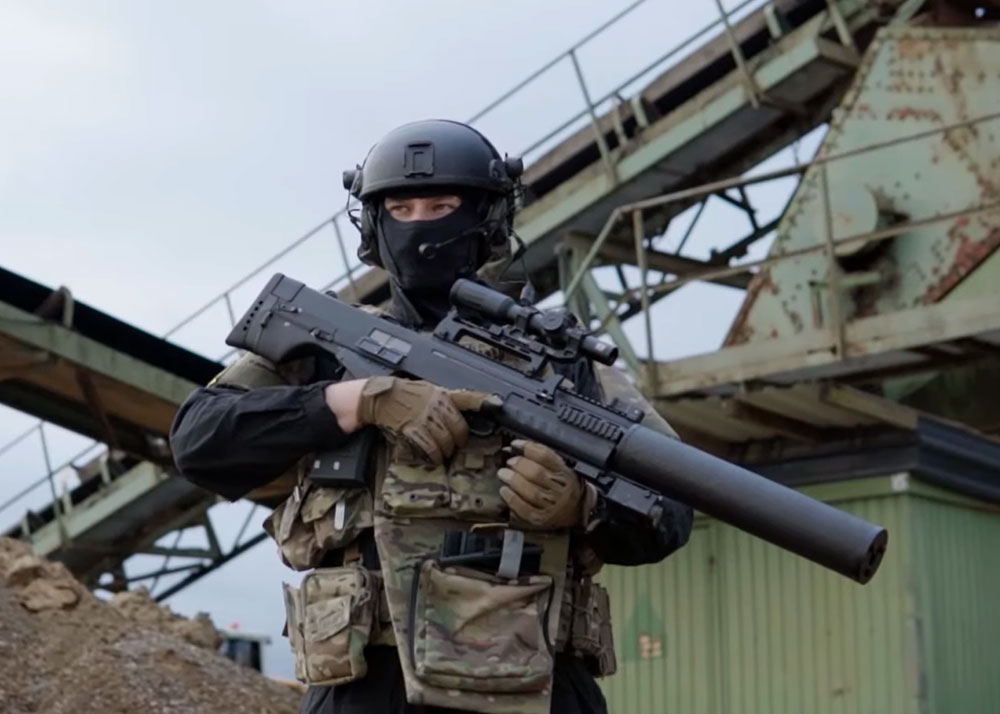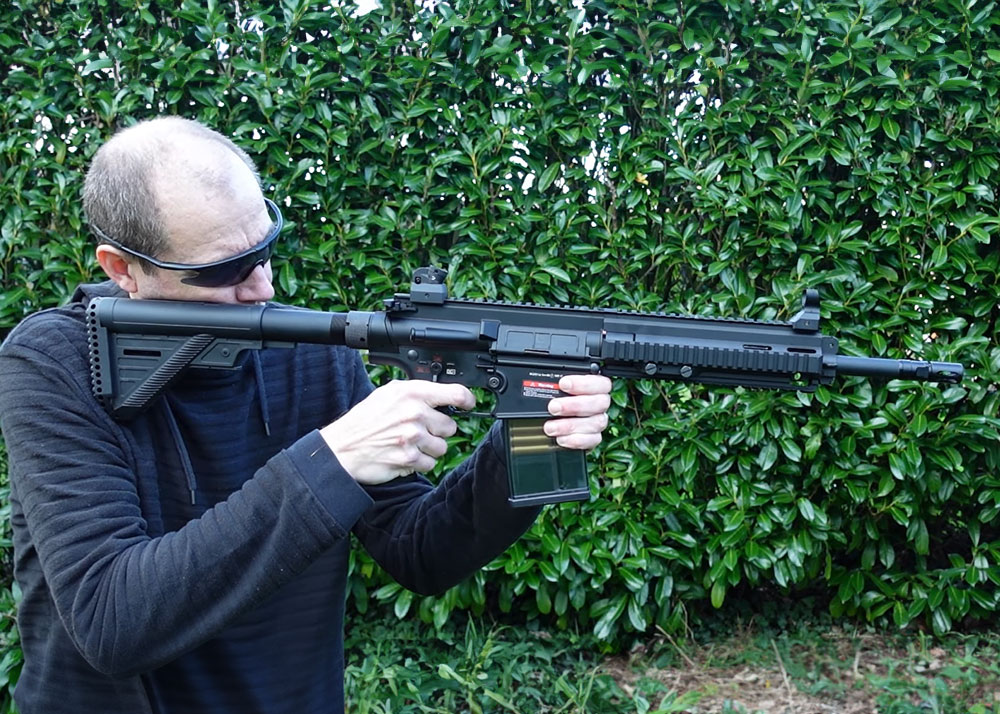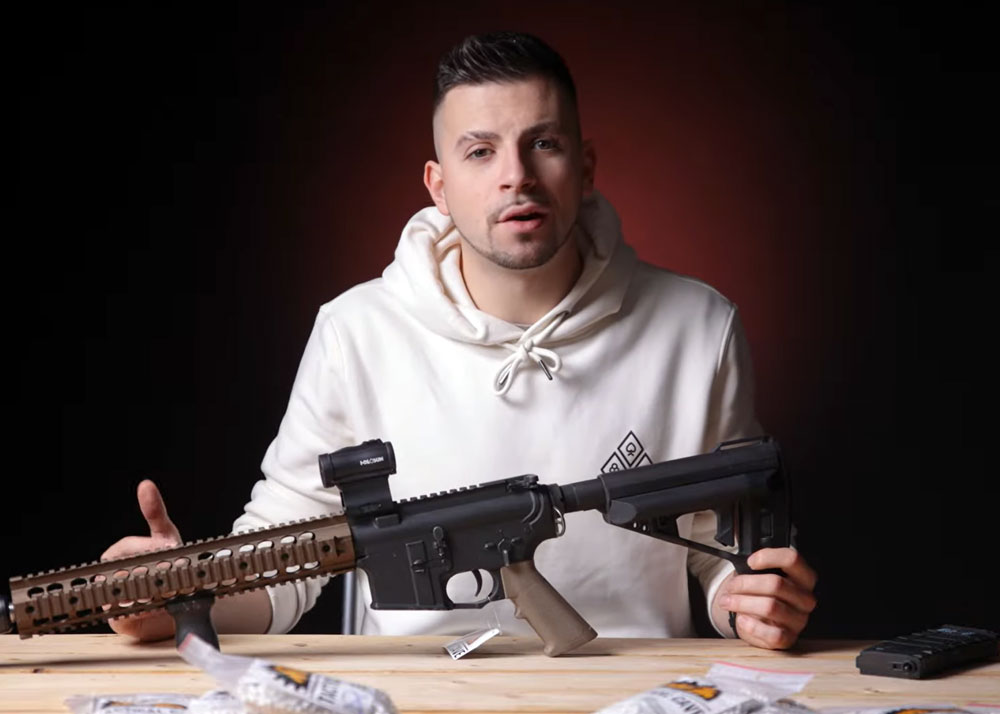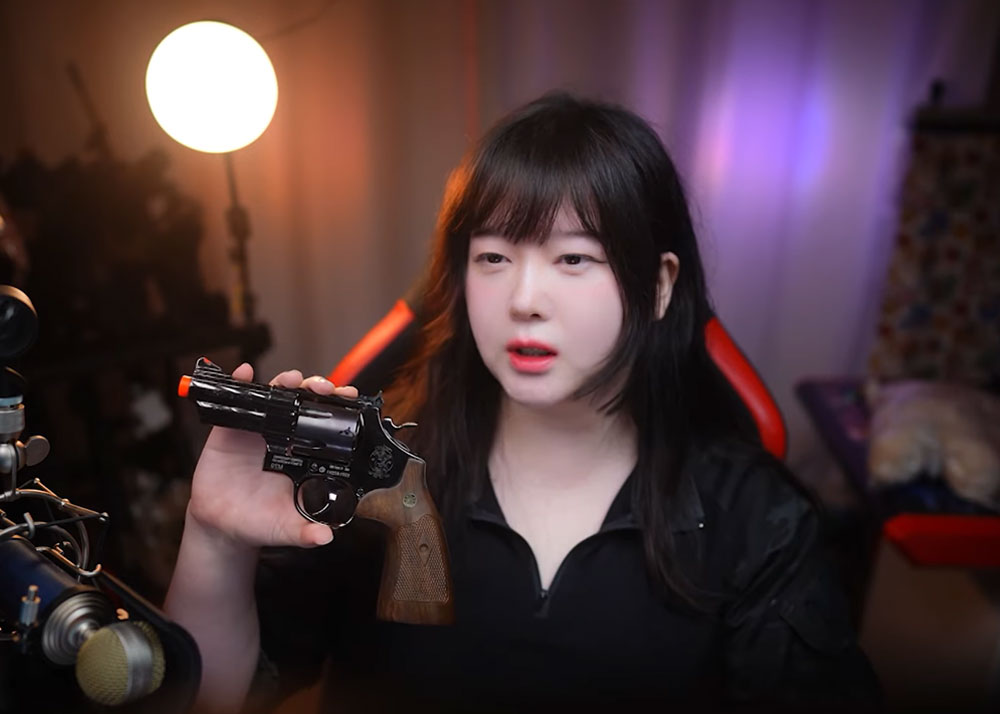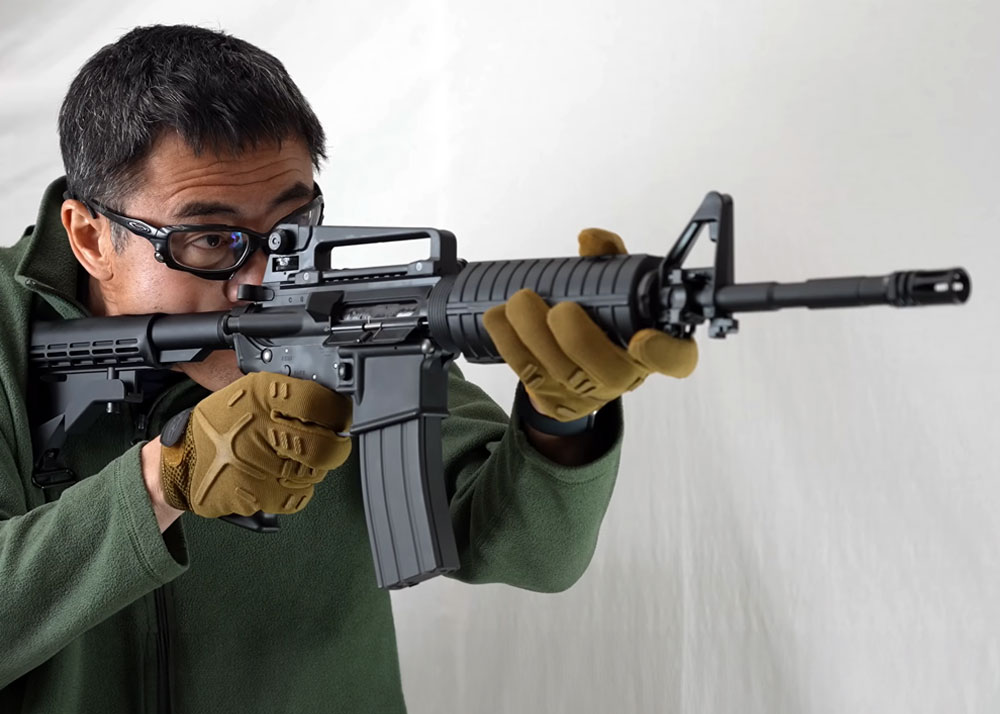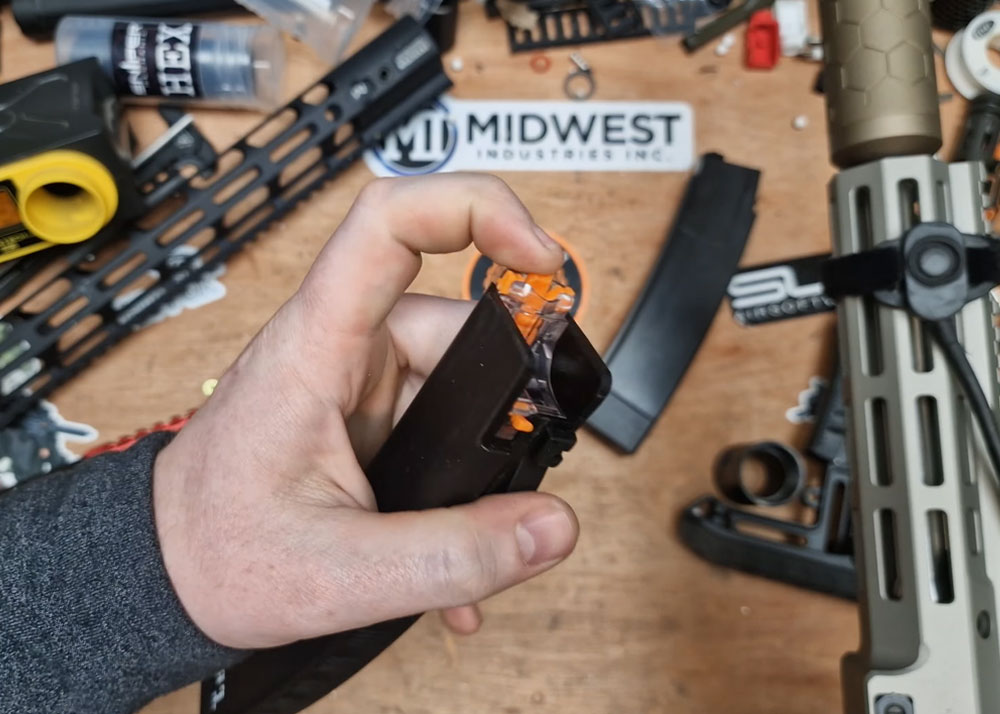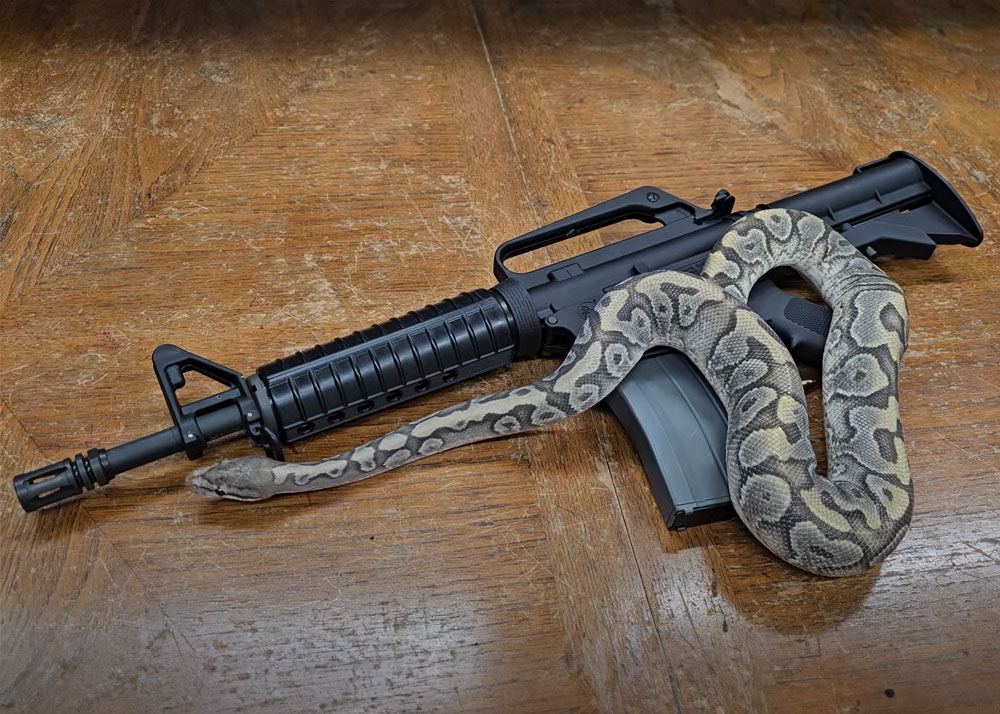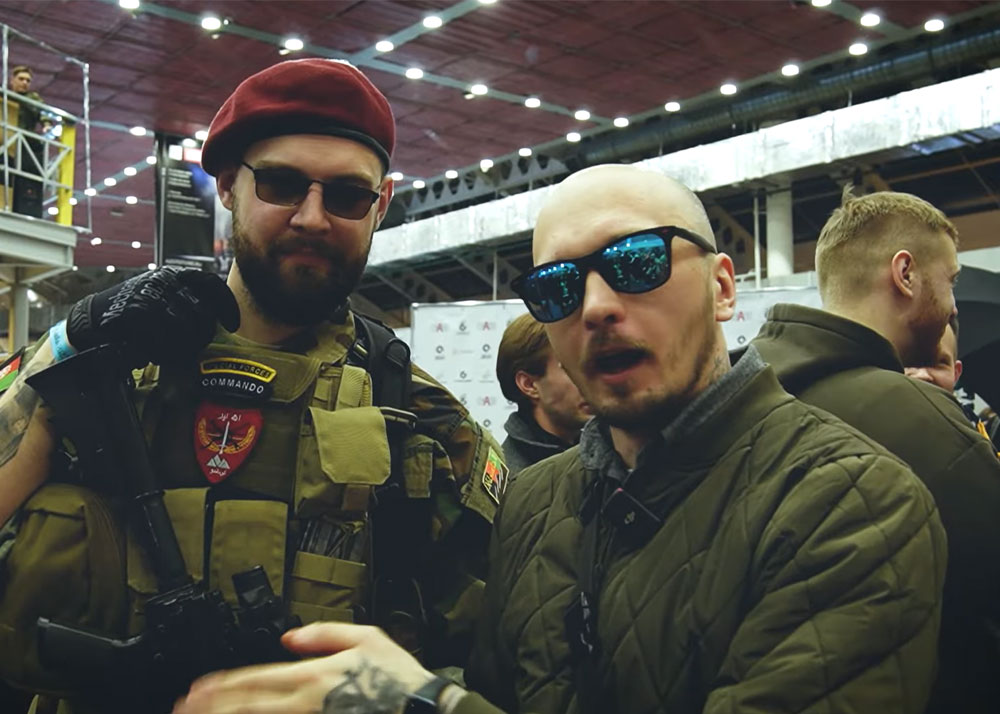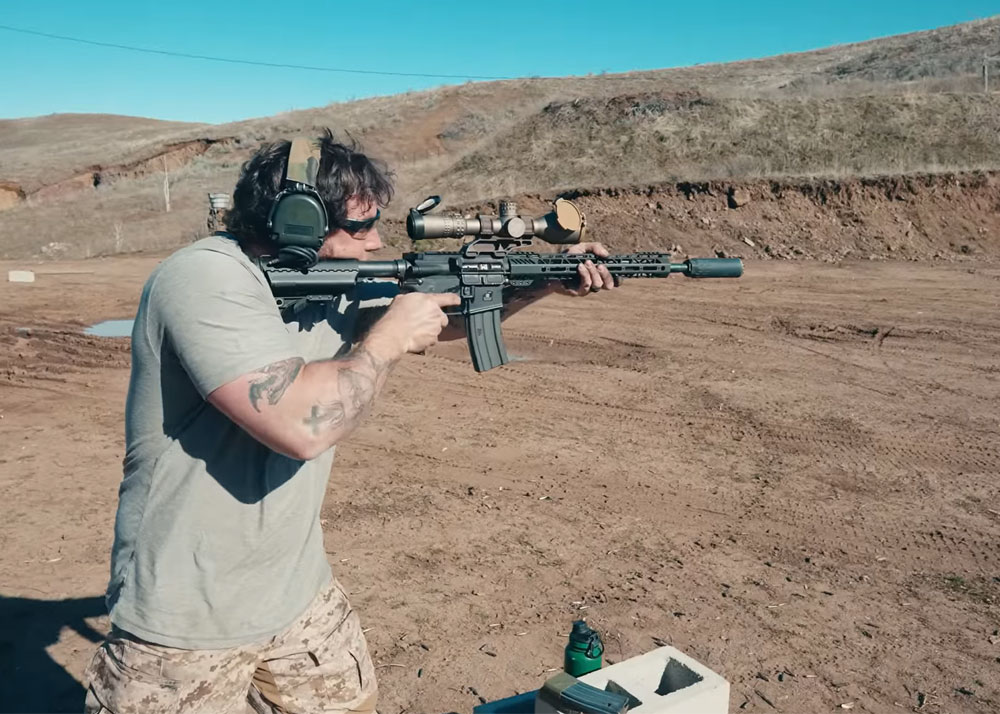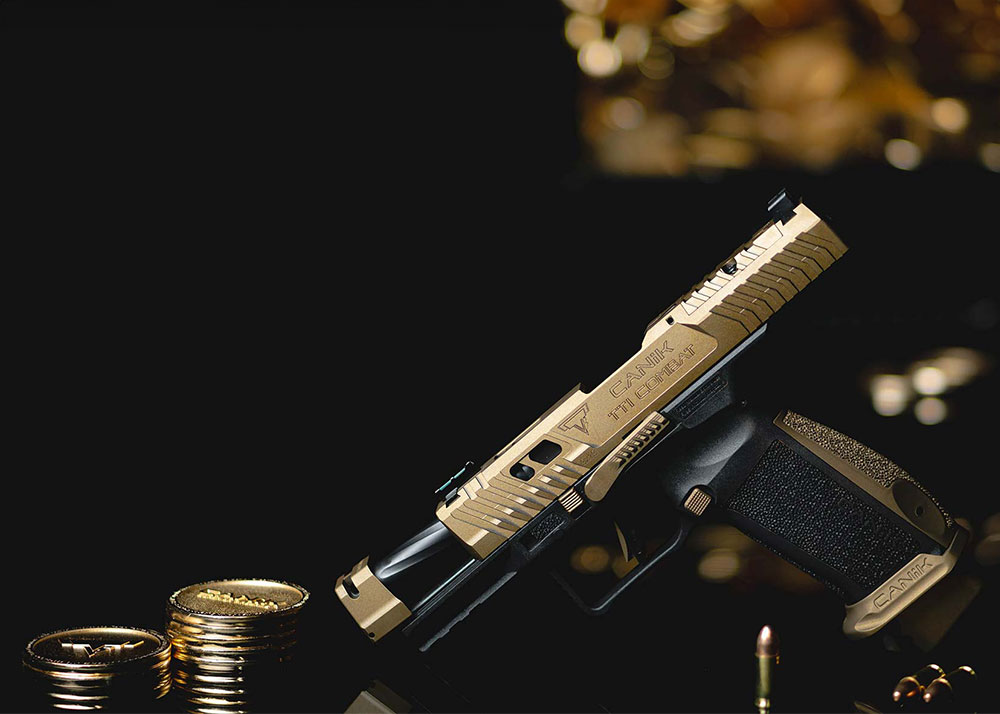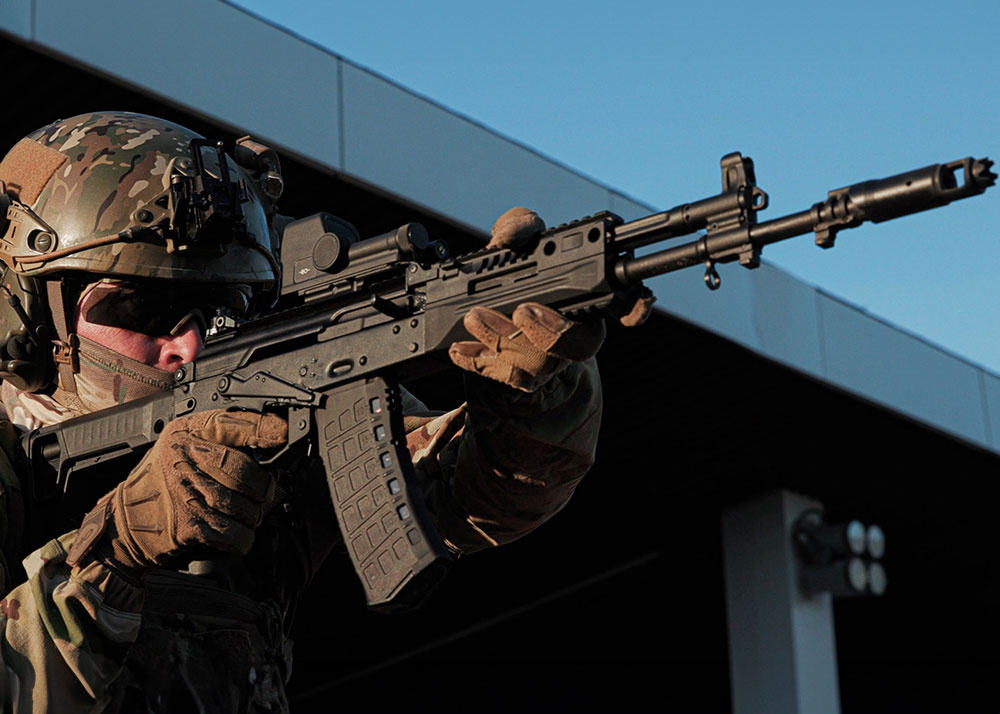Improvements In The Law For UK Airsoft Players
Anonymous (not verified)
17 Dec 2015
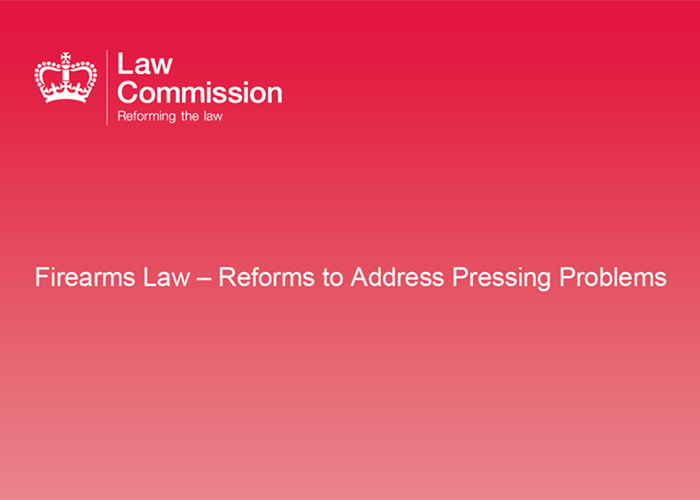
The law commission has today published its report on firearms which you can read here. There's a good chance it will be put into law, as this is the case with law commission reports generally. From our perspective the most interesting parts are that they state that the lethality threshold should be set to 1J, but that an airsoft exemption should be created (based around the VCRA 2006 specific exemption).
They recommend setting this exemption at 1.3J/2.5J in line with the 2011 ACPO testing. This is great news. Sensible conclusions, no more 'airsoft legal limit' grey areas, and they've listened to the airsoft associations. Also note that we were supported by BASC and GTA.
We've copied the relevant section below for people who are interested.
"IF THE THRESHOLD OF LETHALITY WAS SET AT 1 JOULE SHOULD THERE BE A SPECIFIC EXEMPTION FOR AIRSOFT GUNS?
2.33 As we have already pointed out, groups representing both airsoft retailers and players suggested that a 1 joule threshold would be detrimental to the trade in airsoft guns for a number of reasons. It is important for us to point out that we are aware of the fact that the use of airsoft guns is not confined to airsoft skirmishers. The analysis in this section is applicable to anyone who uses an airsoft gun in furtherance of a “permitted activity”.
2.34 First, the United Kingdom Airsoft Retailers’ Association estimated that 85% of its members’ sales take place online and a requirement for airsoft guns to be sold face-to-face would undermine the viability of a significant number of retail businesses.
2.35 Secondly, the lawfulness of possessing a realistic imitation firearm (which includes airsoft guns), is dependent upon the possession of third party liability insurance. Both the United Kingdom Airsoft Retailers’ Association and the United Kingdom Airsoft Players’ Union pointed out that an insurance company
would be unlikely to insure an activity that involves players shooting each other with what the law classifies as firearms.
2.36 Thirdly, the United Kingdom Airsoft Players’ Union also made the point that many airsoft guns are capable of automatic fire and have a muzzle kinetic energy of more than 1 joule. If a 1 joule threshold were to be adopted it was suggested that this would have the consequence that such airsoft guns would become prohibited weapons by virtue of section 5(1)(a) of the Firearms Act 1968.15 Possession of such a firearm without the authority of the Secretary of State carries a mandatory minimum five year prison sentence. The United Kingdom Airsoft Players’ Union said that it is highly questionable that Parliament intended for such low powered air weapons to be classified as prohibited weapons.
2.37 Finally, both the United Kingdom Airsoft Retailers’ Association and the United Kingdom Airsoft Players’ Union suggested that there are no reported instances of potentially deadly injury occurring through misuse of an airsoft gun.
2.38 Consultees from outside the airsoft skirmishing community also stated that there ought to be some form of exemption for airsoft if a 1 joule threshold were to be adopted. For example, the Crown Prosecution Service said:
If the threshold of lethality was set at 1 joule, the CPS considers it appropriate for there to be a specific exemption for the airsoft trade. Such an exemption, similar to that already contained within the Violent Crime Reduction Act 2006, would allow the operation of the 1 joule setting for lethality for all other firearms, without having a disproportionate impact on the airsoft trade.
2.39 This view was also expressed by, amongst others, Her Majesty’s Council of Circuit Judges, the Gun Trade Association and the British Association for Shooting and Conservation.
Discussion
2.40 In evaluating whether there ought to be an exemption for airsoft guns, we agree that it is necessary to consider the impact imposing a 1 joule threshold might have on businesses. On the basis of information provided by representative organisations, it is clear that there could be quite a significant impact.
2.41 We therefore agree that classifying airsoft guns as firearms (because they have a muzzle kinetic energy above 1 joule) could have a number of undesirable consequences. These would appear to be disproportionate given that it is unclear whether there would be any corresponding benefit to public safety: we are not aware of any reported instances of serious injury being caused through misuse of an airsoft gun.
2.42 We do not believe, therefore, that creating an exemption for airsoft guns would be detrimental to public safety and believe this would be a proportionate approach.
Recommendation
2.43 We recommend the creation of an exempting provision in the Act exempting airsoft guns from the scope of the 1 joule kinetic energy threshold which deems a barrelled weapon to be lethal.
2.44 In making this recommendation, we believe it is important to examine how such an exemption could be crafted. Our aim is to minimise the impact upon the airsoft trade whilst also ensuring public safety is not compromised.
2.45 We believe that a suitable approach is to define in law what an airsoft gun is. Currently there is no legal definition. The United Kingdom Airsoft Retailers’ Association suggested the following definition:
An airsoft imitation firearm is an imitation firearm (whether a realistic imitation firearm or not) designed for use in permitted activities and which is;
(1) Only capable of discharging a spherical plastic pellet not exceeding 8mm in diameter and,
(2) When discharging such a pellet does not impart kinetic energy, measured at the muzzle, which exceeds 2.5 joules if firing single shots with each operation of the trigger or 1.3 joules if firing successive shots whilst the trigger is held.
2.46 We believe that this definition creates an exemption for airsoft guns without compromising public safety. Public safety is ensured in three ways. First, there is research to suggest that these are safe kinetic energy thresholds within which airsoft guns can operate;17 secondly, the definition limits airsoft guns to those guns that are only capable of firing small plastic pellets; thirdly, it defines airsoft guns by reference to the “permitted activities” listed in The Violent Crime Reduction Act 2006 (Realistic Imitation Firearms) Regulations 2007, placing a constraint on the types of activity airsoft guns can be used for.
2.47 The other public safety benefits are that this definition places a legal limit upon the maximum muzzle kinetic energy at which an airsoft gun may operate. Currently no such limit exists. It would also limit the exemption to those guns that use plastic, as opposed to metal pellets. Again, there is currently no legal
restriction on the type of ammunition an airsoft gun may fire.
2.48 Having consulted other stakeholders on the merits of this tentative definition, we are confident that it is sufficiently precise to avoid unintended consequences.
Recommendation 4
2.49 We recommend that if a deemed lethality threshold of 1 joule kinetic muzzle energy be created, a statutory exemption for airsoft guns should also be created. The exemption should be defined:
(1) by reference to safe kinetic energy thresholds for airsoft guns to operate within;
(2) so as to exempt those guns that are only capable of firing small plastic pellets; and
(3) having regard to the “permitted activities” listed in The Violent Crime Reduction Act 2006 (Realistic Imitation Firearms) Regulations 2007."
Matt Furey-King
Chairman
UK Airsoft Players Union

